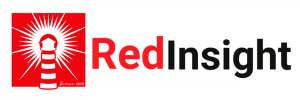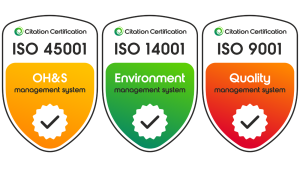When you think of high risk jobs you might conjure up images of semi-trailers criss-crossing our road system or warehousing staff lifting heavy loads while forklifts whiz to and fro. To some extent, this perception is accurate. Safe Work Australia found that the transport, postal and warehousing industry recorded the highest number of fatalities in the 2012-2016 period (242 fatalities).
Conversely, the finance and insurance sector recorded nil work related fatalities over the same period. This doesn’t mean that office work is completely free of work health and safety concerns. Workers in the finance and insurance sector and similar office-based sectors are still exposed to risk on a daily basis. So, what are the biggest WHS risks office workers face?
Manual Handling
This refers to any activity requiring the use of force exerted by a person to lift, push, pull, carry or otherwise move or restrain something. Examples of manual handling tasks commonly performed in offices include lifting and carrying boxes of photocopying paper; moving office furniture and equipment such as computers and printers; handling large files, books and legal documents; prolonged data entry; and opening and closing filing cabinet drawers.
Stress
Some workplace factors may contribute to stress reactions. For example the content of work; working hours; employees being unable to participate in decisions about their work or control how they do it; and environmental conditions. When occupational stress becomes excessive or chronic, it can cause significant problems for a worker’s physical health as well as their productivity in the workplace. WorkSafe Victoria reported that “stress is the second most common cause of workplace compensation claims in Australia, second to manual handling”.

Musculoskeletal Disorders
MSD is a collective term for a range of conditions characterised by discomfort or pain in muscles, tendons and other soft tissues, and are usually associated with tasks involving repetitive movement, sustained or unnatural postures or forceful movements. These conditions were previously known as Occupational Overuse Syndrome or Repetitive Strain Injuries. Muscle strains can occur suddenly and may result from forceful exertion in a bent or twisted posture – for example, lifting a box of photocopying paper from the floor. However many MSD occur due to daily work involving the maintenance of static postures which result in muscle fatigue such as holding the telephone, and repetitive work such as keyboard and mouse tasks.
Digital Eye Strain
Computers, tablets and phones have become such an integral part of the modern office that employees are regularly staring at screens for the vast majority of the working day. Regular use of digital technology can lead to repetitive strain issues for eyes.
Employer Responsibilities
Employers have a legal obligation to provide staff with a healthy and safe working environment – even in environments that are perceived to be low risk. In addition, effective management of health and safety hazards makes good business sense. It can lead to reduced costs, increased productivity, higher morale and better employee relations.
The aim of occupational health and safety risk management is to eliminate or reduce the risk of injuries and illness associated with work. Managing health and safety in the office requires a process of hazard identification, risk assessment, risk control and evaluation of control measures. Effective management of health and safety hazards also involves training, consultation, documentation of health and safety activities and regular review of the management system.
If you need help implementing a WHS system in your Newcastle or Hunter Valley office or business preminses, contact Red Insight, the Home of Insightful Safety.
_____
Sources
SafeWork Australia: Worker Compensation Claims
WorkSafe Victoria: OfficeWise

